Walking foot and fabric creep help!
vall3fam
17 years ago
Featured Answer
Comments (7)
kathyg_in_mi
17 years agoRelated Professionals
Athens Furniture & Accessories · Denver Furniture & Accessories · Des Moines Furniture & Accessories · North Bergen Furniture & Accessories · Phoenix Furniture & Accessories · Scottsdale Furniture & Accessories · Encinitas Furniture & Accessories · Fillmore Furniture & Accessories · Park Ridge Furniture & Accessories · Wilmington Furniture & Accessories · Bridgeport Furniture & Accessories · Gages Lake Furniture & Accessories · Hampton Bays Furniture & Accessories · Norwalk Furniture & Accessories · Garrison Staircases & Railingsnorthbound
17 years agochelone
17 years agokeepeminstitches
17 years agochelone
17 years agovall3fam
17 years ago
Related Stories
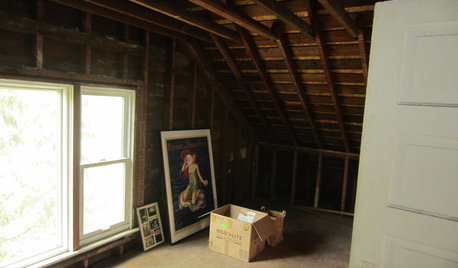
Houzz Call: What Gives You the Creeps at Home?
Halloween horror got nothing on your basement, attic or closet? Show us that scary spot you steer clear of
Full Story
SMALL KITCHENSHouzz Call: Show Us Your 100-Square-Foot Kitchen
Upload photos of your small space and tell us how you’ve handled storage, function, layout and more
Full Story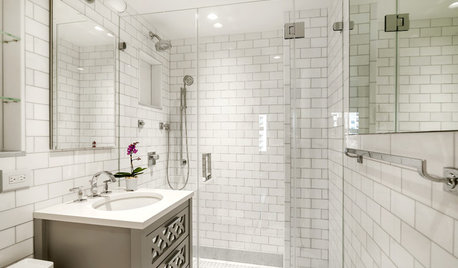
BATHROOM WORKBOOK5 Ways With a 5-by-8-Foot Bathroom
Look to these bathroom makeovers to learn about budgets, special features, splurges, bargains and more
Full Story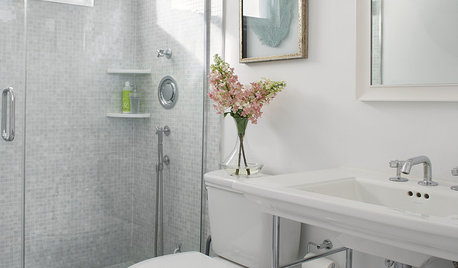
HOUZZ CALLHouzz Call: Show Us Your 8-by-5-Foot Bathroom Remodel
Got a standard-size bathroom you recently fixed up? We want to see it!
Full Story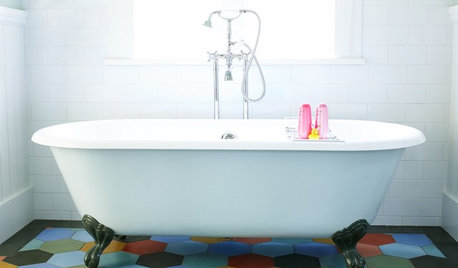
GREAT HOME PROJECTSHow to Get a Claw-Foot Tub for Your Bathroom
Here’s what to know about buying vintage or new — and how to refurbish a classic
Full Story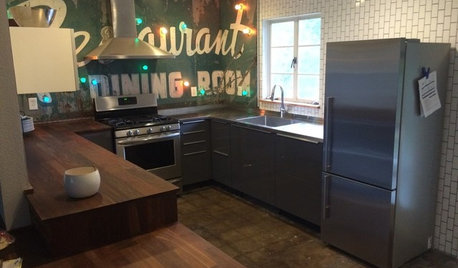
SMALL KITCHENSThe 100-Square-Foot Kitchen: Less Storage, More Cool
A friend’s sign, a demolished deck and pulled-up tile leave their marks on this hip U-shape in Texas
Full Story
COLORPick-a-Paint Help: How to Create a Whole-House Color Palette
Don't be daunted. With these strategies, building a cohesive palette for your entire home is less difficult than it seems
Full Story
KITCHEN DESIGNKey Measurements to Help You Design Your Kitchen
Get the ideal kitchen setup by understanding spatial relationships, building dimensions and work zones
Full Story
STANDARD MEASUREMENTSThe Right Dimensions for Your Porch
Depth, width, proportion and detailing all contribute to the comfort and functionality of this transitional space
Full Story
DECLUTTERINGDownsizing Help: How to Edit Your Belongings
Learn what to take and what to toss if you're moving to a smaller home
Full Story





prism99